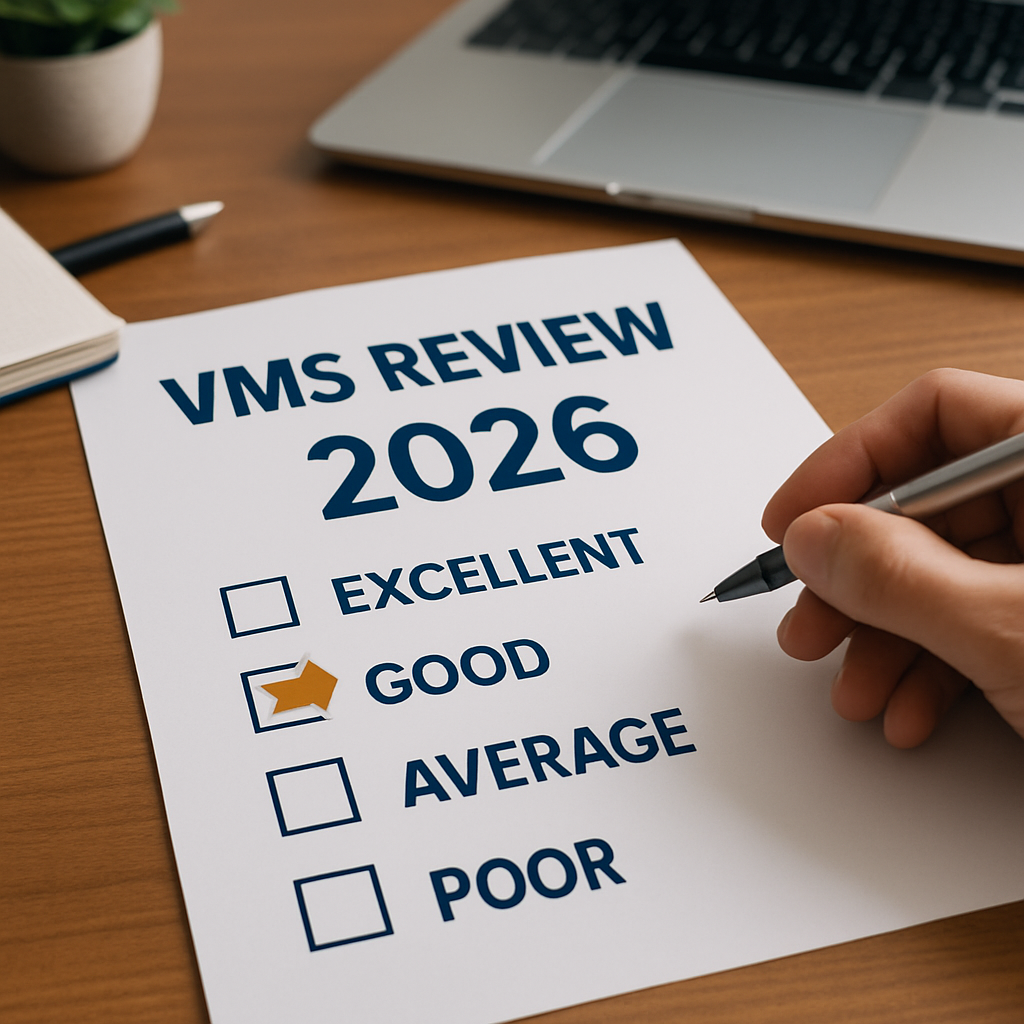The world of work has changed dramatically over the past decade, and even more so over the last year. There have been large-scale shifts in the way people work and how businesses get their work done.
These changes have led to a huge increase in the number of companies that now use contingent workers. In fact, Gartner analysis shows that organizations will continue to expand their use of contingent workers to maintain more flexibility in workforce management post-COVID-19.
“Our research finds that 32 percent of organizations are replacing full-time employees with contingent workers as a cost-saving measure,” commented Brian Kropp, Vice President at Gartner.
However, managing a non-employee workforce isn’t easy. Without the proper processes in place your business will more than likely be making poor hiring decisions, paying hidden costs, partnering with ineffective staffing agencies and a wide range of other challenges that are negatively impacting your company’s performance.
No longer can your business rely on manual and time-consuming methods to manage your non-employee workforce, such as spreadsheets, in-house databases or Sharepoint sites. Instead you must use new technologies that automate and centralize your entire contingent workforce management program.
When building your contingent workforce management program, it can often be complex to understand which technology you need to organize and track it effectively. In this blog, we aim to clear up some of the confusion around the difference between a vendor management system (VMS) and a freelancer management system (FMS).
What is a vendor management system?
A VMS is a cloud-based platform that enables your organization to procure and manage both contingent and permanent workers. Vendor management systems typically feature a bench management module and allow for the construction of talent pools, as well as the ability to assign applicants to open requisitions.
Through the automation and centralization of every process related to your company’s non-employee workforce management program, a VMS will act as a hub that provides your organization with complete visibility into your non-employee workforce and how you are spending money on contingent workers/vendors.
A VMS will also consolidate your vendors into one centralized location, ensuring you are able to monitor and track vendor performance through insightful metrics that give your business real insight into whether you are achieving your workforce targets.
What is a freelancer management system?
A freelancer management system, on the other hand, is a piece of software that centralizes all of the information around the freelancers you use. This gives companies visibility into gigs and projects they have worked on, contracts they have signed, times the freelancers are available at or projects they are available for, payments and other information around freelance positions.
FMS solutions are typically used by companies who are looking to access less mainstream hot skills, generally in the creative industry - think graphic designers or content writers. It’s typically used by HR, legal and finance teams to onboard freelancers and track their projects, store contracts and manage invoices and payments.
What is the difference between the two systems?
Vendor management systems and freelancer management management systems are both centralized platforms for organizing and managing non-employee workers, but that’s where the similarities end.
While a vendor management system allows your organization to manage all non-employee workers (such as sole proprietors, freelancers and contractors), as well as all of the processes and vendors associated with sourcing and managing them, a freelance management system is typically only used by companies looking to source less mainstream hot skills who work as freelancers - such as graphic designers and those in the creative space. The work is typically sold as ‘Gigs’ - a scope of work with a defined deliverable or outcome performed by an individual freelancer.
While a vendor management system ensures you can consolidate your staffing agencies and independent contractors into one centralized platform, an FMS is only designed for the management of freelancers (not non-employee workers and the vendors associated with them). This is potentially useful when combined with a VMS, but isn’t enough to manage your contingent workforce if you are using vendors to source talent.
A VMS will ensure that your business is able to successfully manage longer-term arrangements with staffing agencies, ensuring you are able to consolidate these relationships into one centralized platform and access the data you need to make sure these vendors are helping your business to meet its workforce requirements.
Interested in learning more about Vendor Management Solutions?
Whether you are looking for a new VMS Solution, or just getting started, we are here to help. See how easy Conexis is to use by taking a quick 2 minute Self-Guided Tour. Contact Us for a Free No-Obligation Consultation to discuss your workforce challenges (and get immediate actionable insights) or Book a Personal Demo Today!




